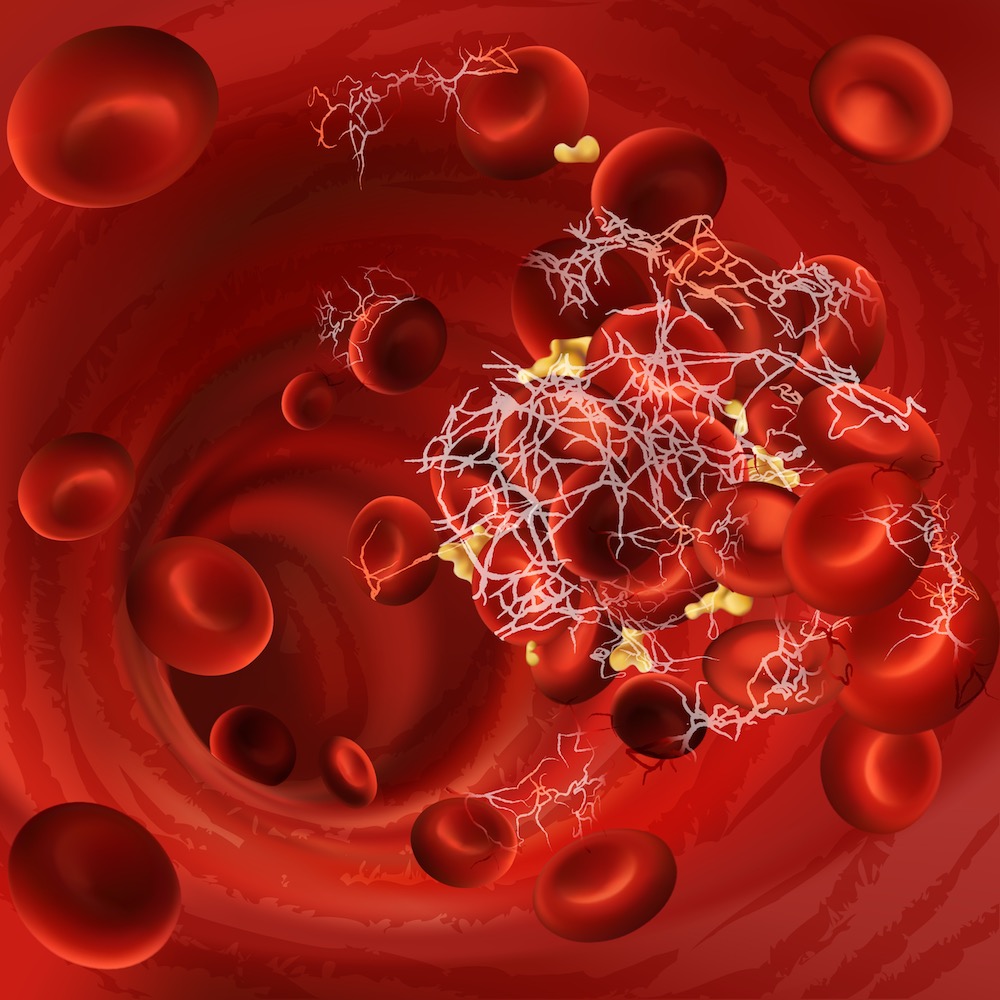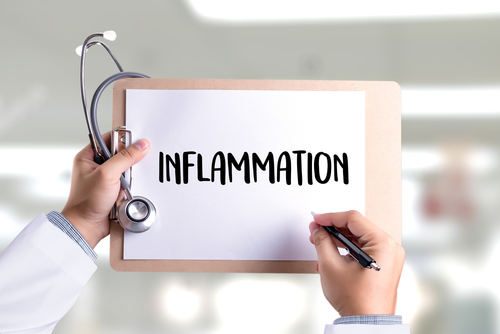
What Are Fibrinolytic Enzymes and Why Are They Important?
A brief overview of fibrin and fibrinolysis
When the body suffers an injury, it is part of the natural process for blood to clot around this wound to prevent further loss of blood. This clotted area allows a new bed of tissue to develop. The clotting process is a complex series of chemical interactions and fibrin plays a central role. Fibrin is a fibrous protein that together with platelets forms a clot over a wound site.
Fibrinolysis is the body’s means of controlling this clotting mechanism. It prevents blood clots from becoming too large or from causing problems. The enzyme plasmin acts in various places on the fibrin mesh which helps control the clotting process, preventing excess. The balance of Plasmin and Fibrin is essential to good health. As we age, this balance can change, the result of which is more viscous blood. This can set the stage for cardiovascular problems, including atherosclerosis, hypertension and others.
There are two types of fibrinolysis: primary and secondary. Primary fibrinolysis is the type the body undertakes typically, balancing fibrin and plasmin. It is not a cause for concern and is very usual and necessary. Again, as you age you can experience a change in fibrin metabolism causing an increase in the viscosity of blood.
Secondary fibrinolysis is something that might raise more alarm bells. It means that clotting time is excessive and indicates the individual has a health disorder. This might be something as serious as cancer. It could also be a range of less serious conditions such as suffering from a bacterial infection, low blood sugar or the body is not receiving enough oxygen to the tissues.
Secondary fibrinolysis is not a natural process by the body and can cause severe problems with bleeding.

Abnormal clotting
The World Health Organization has found that heart disease is accountable for around 30 percent of all deaths worldwide. Even when sufferers survive these conditions, they can have a major impact on a patient’s quality of life.
Excessive blood clotting is the cause of both conditions. The impact on cardiovascular health begins with the increase of blood viscosity due to the change in metabolism of fibrin. This can result in a variety of cardiovascular events including the formation of blood clots that detach and form deep vein thrombi (DVT) or pulmonary emboli (PE), which can travel through the arteries creating blockages, causing a stroke or heart attack. They can also block blood flow to the distal limbs causing circulatory problems and tissue death.
Risk factors for abnormal clotting
Hyper-coagulation is the name given to the condition of the blood clotting excessively. There is a wide range of conditions that can be the cause of this issue.
- Diabetes. This condition results in an increase of fat deposited into the arteries. Clot-related problems cause the death of 80 percent of diabetics.
- Heart failure. If the heart is weak, then it is not as effective at pumping blood around the body. Because of this reduced flow of blood, clots can form.
- Vasculitis. Inflammation occurs in the blood vessels. This can lead to platelets adhering to these inflamed areas, causing clots.
- Atherosclerosis. More commonly known as narrowing of the arteries due to plaque. If one of these plaques rupture, then platelets will adhere to the damage, once again, causing clots. Obesity is a risk factor for developing this condition.
- Atrial fibrillation. A type of irregular heartbeat. It can cause clot formation in the heart as the blood pools there.
- Metabolic syndrome. An umbrella term for a number of risk factors that raise the likelihood of a person having cardiovascular disease and other health issues that increase the chance of excessive blood clotting.
Why are fibrinolytic enzymes important?
In pharmaceuticals, there is a great deal of current interest in the use of Rx injectable, fibrinolytic enzymes and their role in breaking down blood clots. Physicians are using these enzymes in the management of cardiovascular events, particularly in patients who have suffered a stroke or myocardial infarct. When used shortly after the event, they are proving to be potent therapeutic agents significantly reducing cardiac damage and the effects of a stroke. Pharmaceutical fibrinolytic enzymes include:
- Staphylokinase. Prevents platelets from amassing in damaged areas of blood vessels.
- Urokinase. Mammalian cells produce this fibrinolytic enzyme in the laboratory. It has to be administered intravenously. Doctors are using it to treat a range of cardiovascular diseases.
- Streptokinase. Medics are using this enzyme to treat stroke and pulmonary clotting in patients.
Fibrinolytic enzymes for health
With more natural treatments, there is a range of fibrinolytic enzymes including Nattokinase and Serratiopeptidase, both of which have significant fibrinolytic and anti-inflammatory activity. The hope with these protease enzymes is to help prevent as well as treat inflammatory conditions and improve cardiovascular health. Scientists obtain Nattokinase from the fermentation of the bacterium Bacillus subtilis natto. It has significant advantages in that patients can take it orally and has a long-lasting effect in the body. Serratiopeptidase is produced from the fermentation of the bacteria Serratia marcescens. Both Serratiopeptidase and Nattokinase are taken orally on an empty stomach, with a full glass of water. Both these enzymes are often combined with other enzymes in a blend.
In patients who are at risk of cardiovascular disease or any of the clotting and inflammatory diseases, it is now possible to utilize fibrinolytic enzymes such as Exclzyme EN™ as everyday nutritional support. These enzymes can aid the body in sustaining a healthy level of fibrin. This could assist in improving cardiovascular problems before they become a serious issue.




